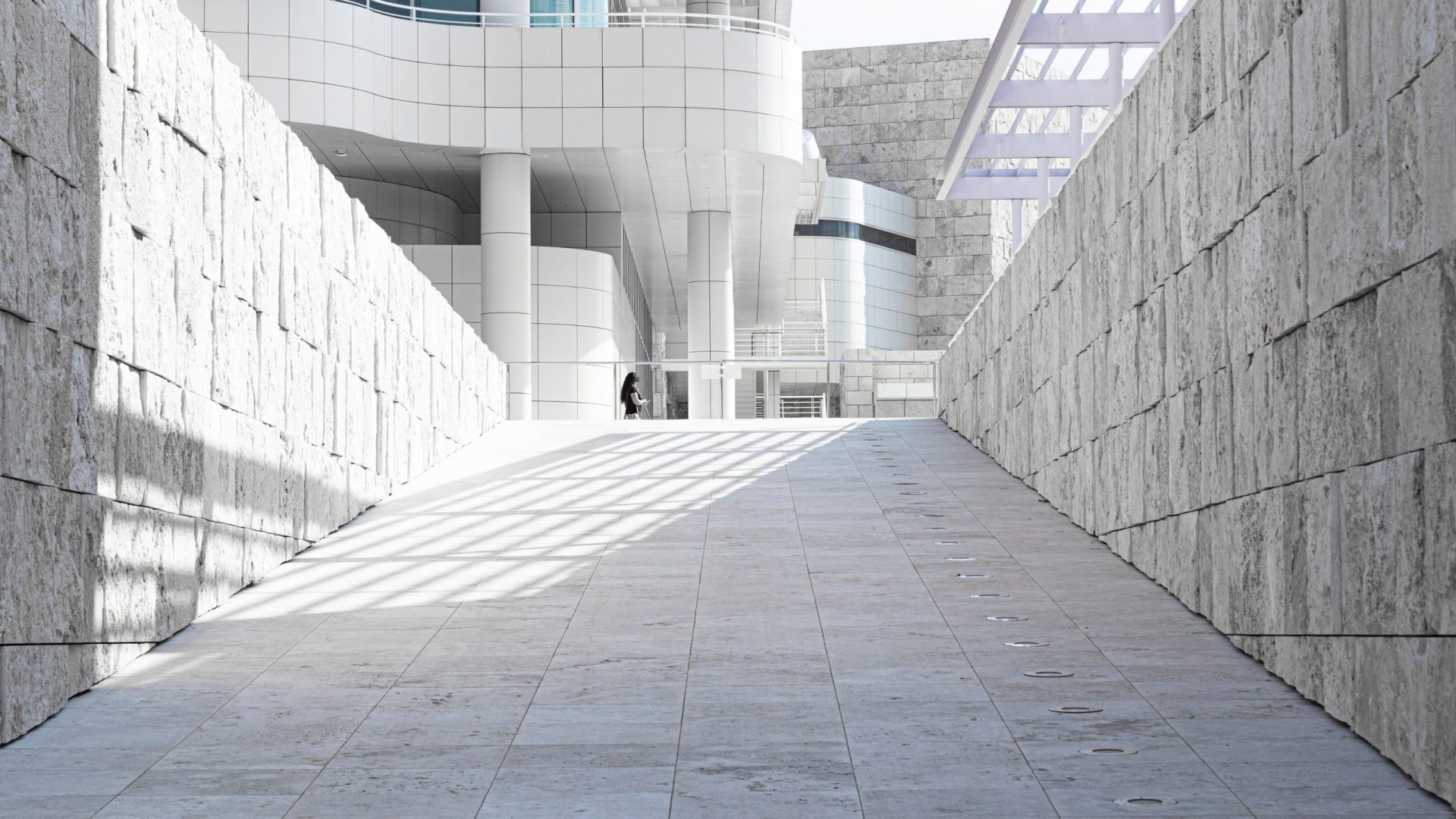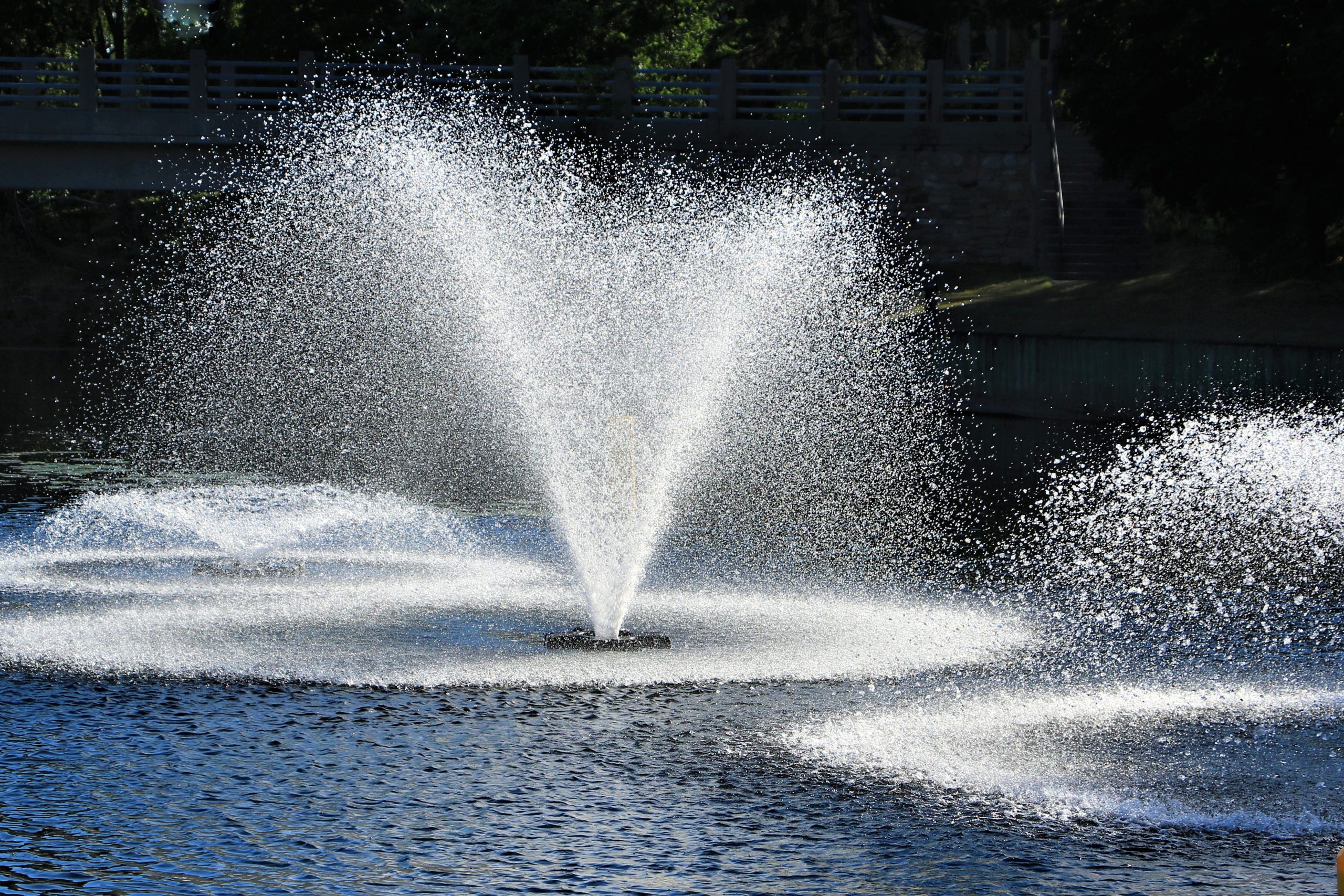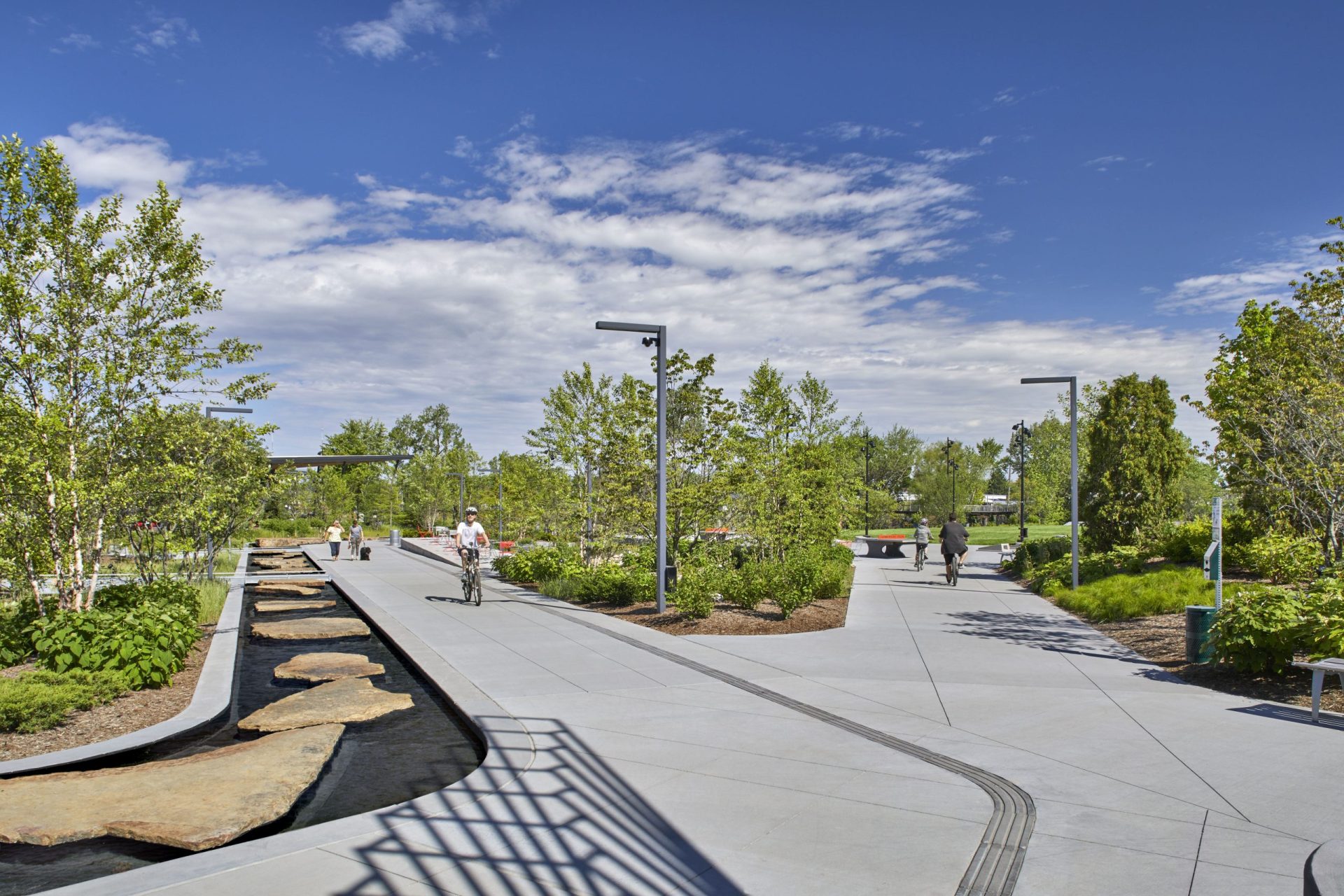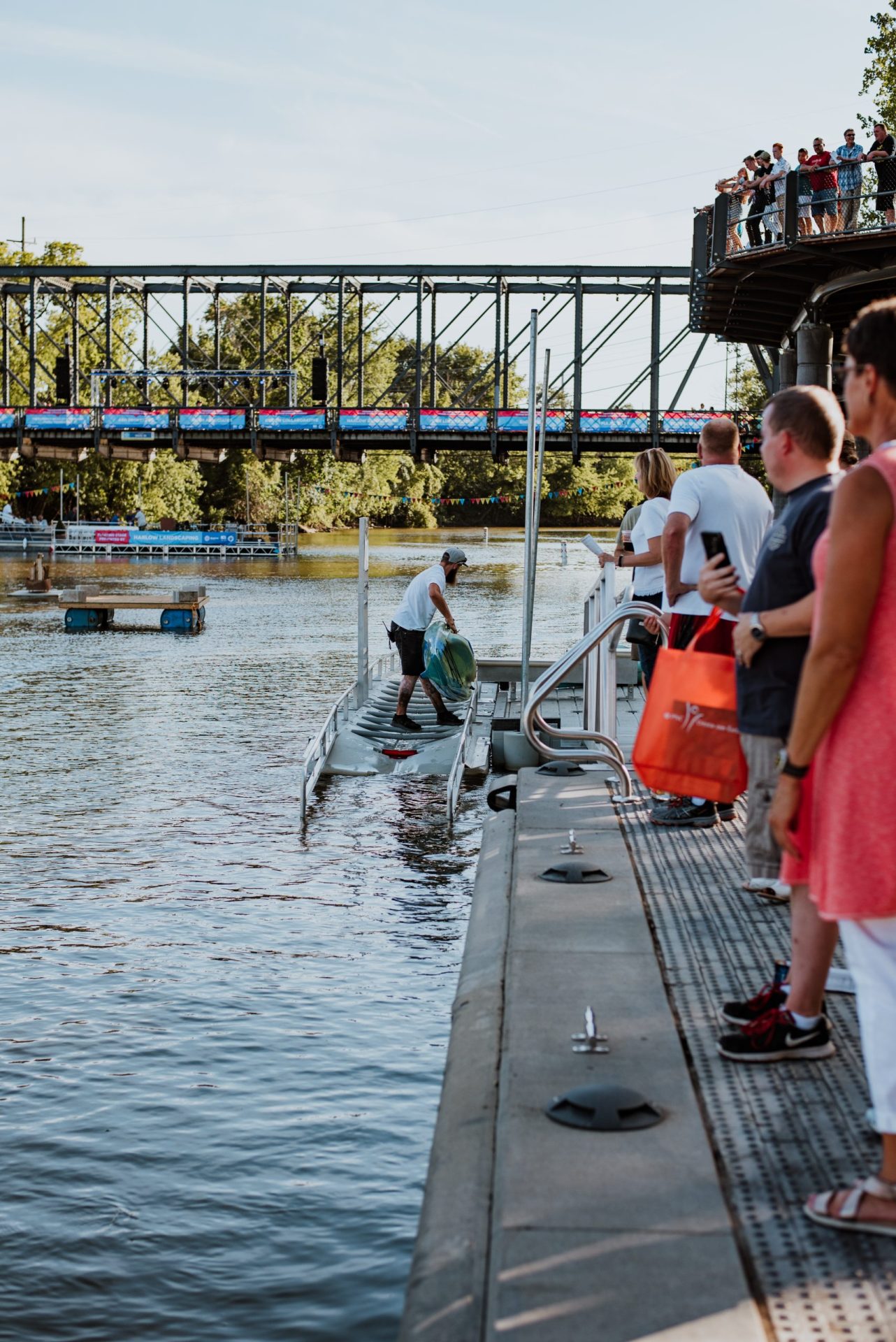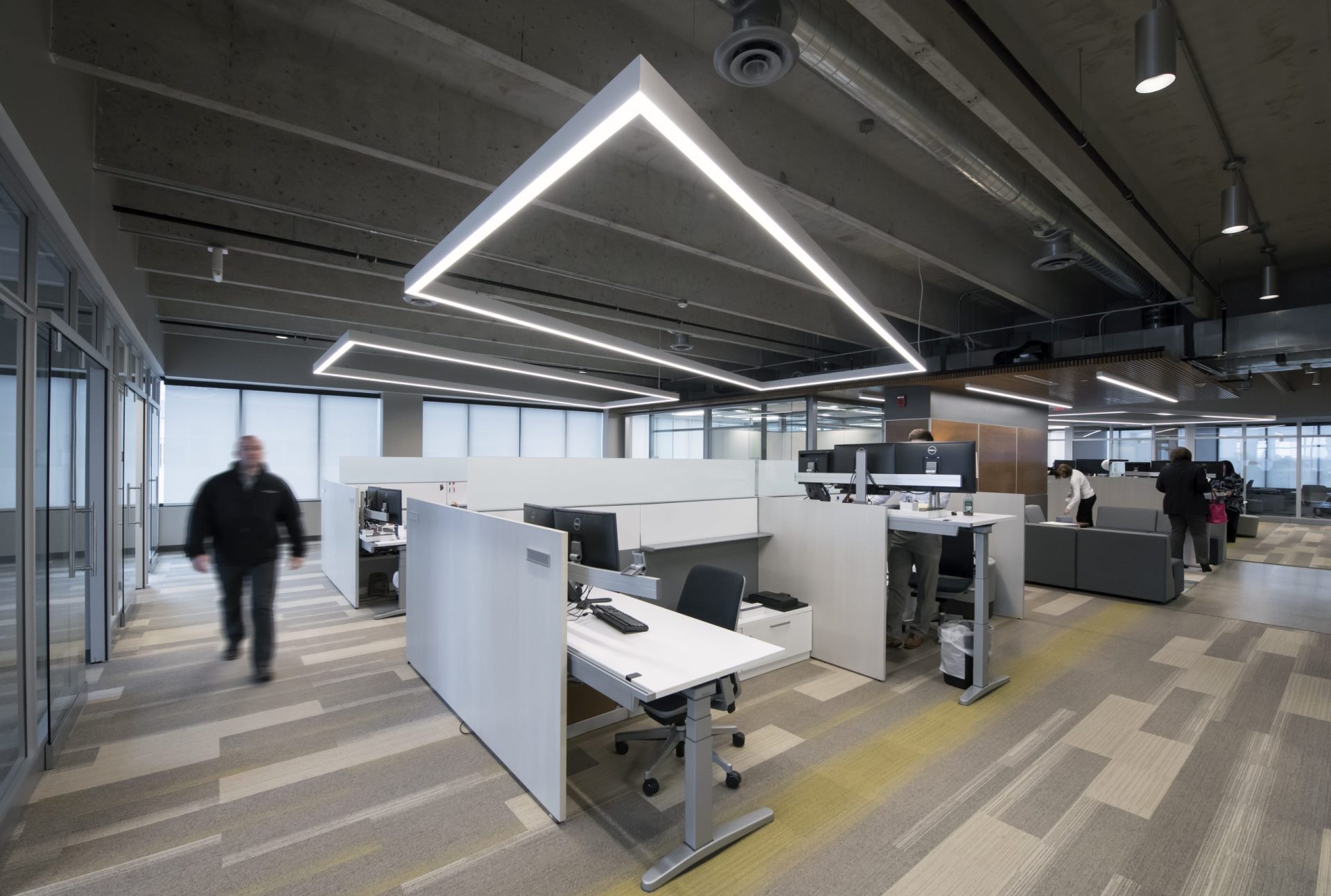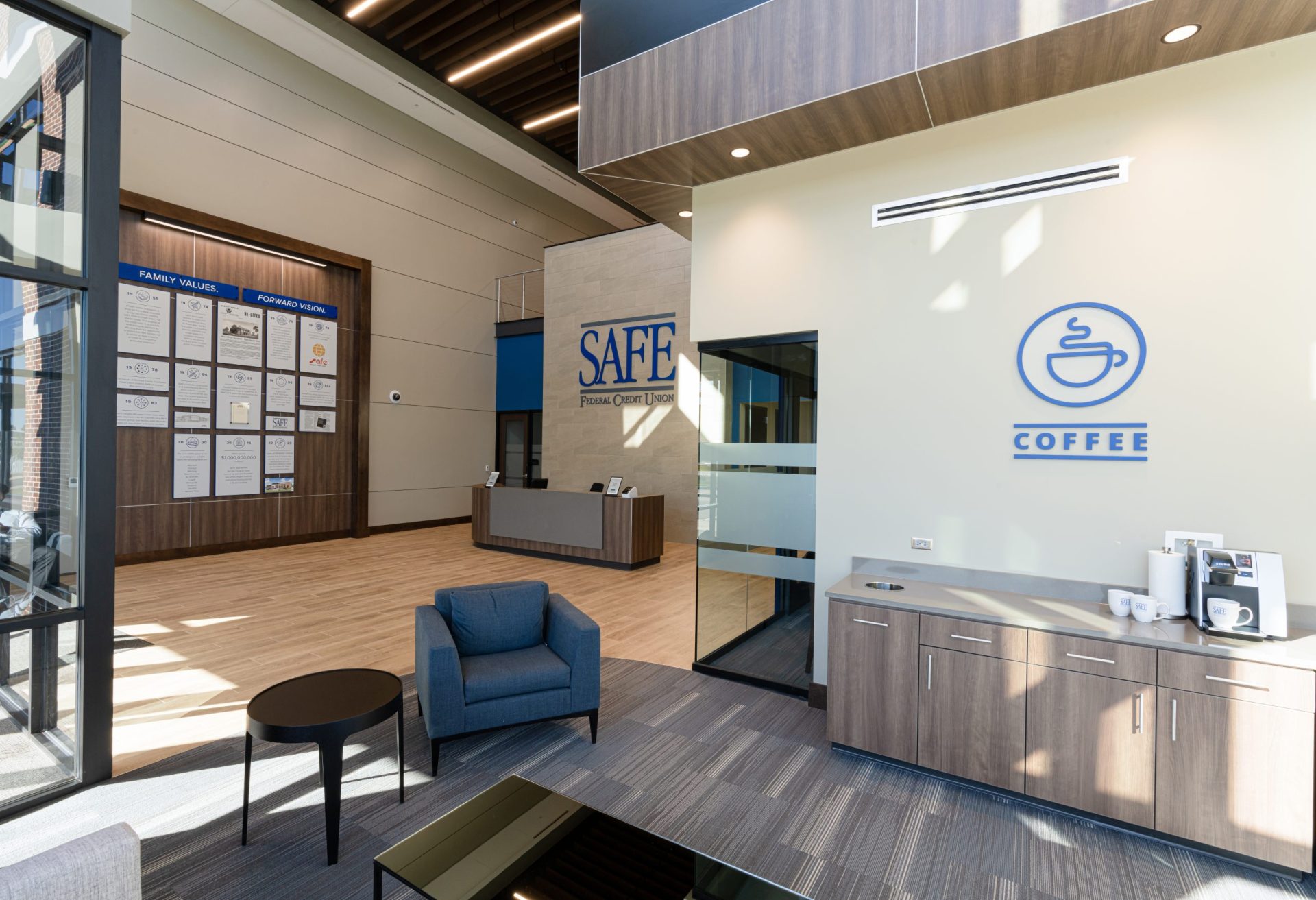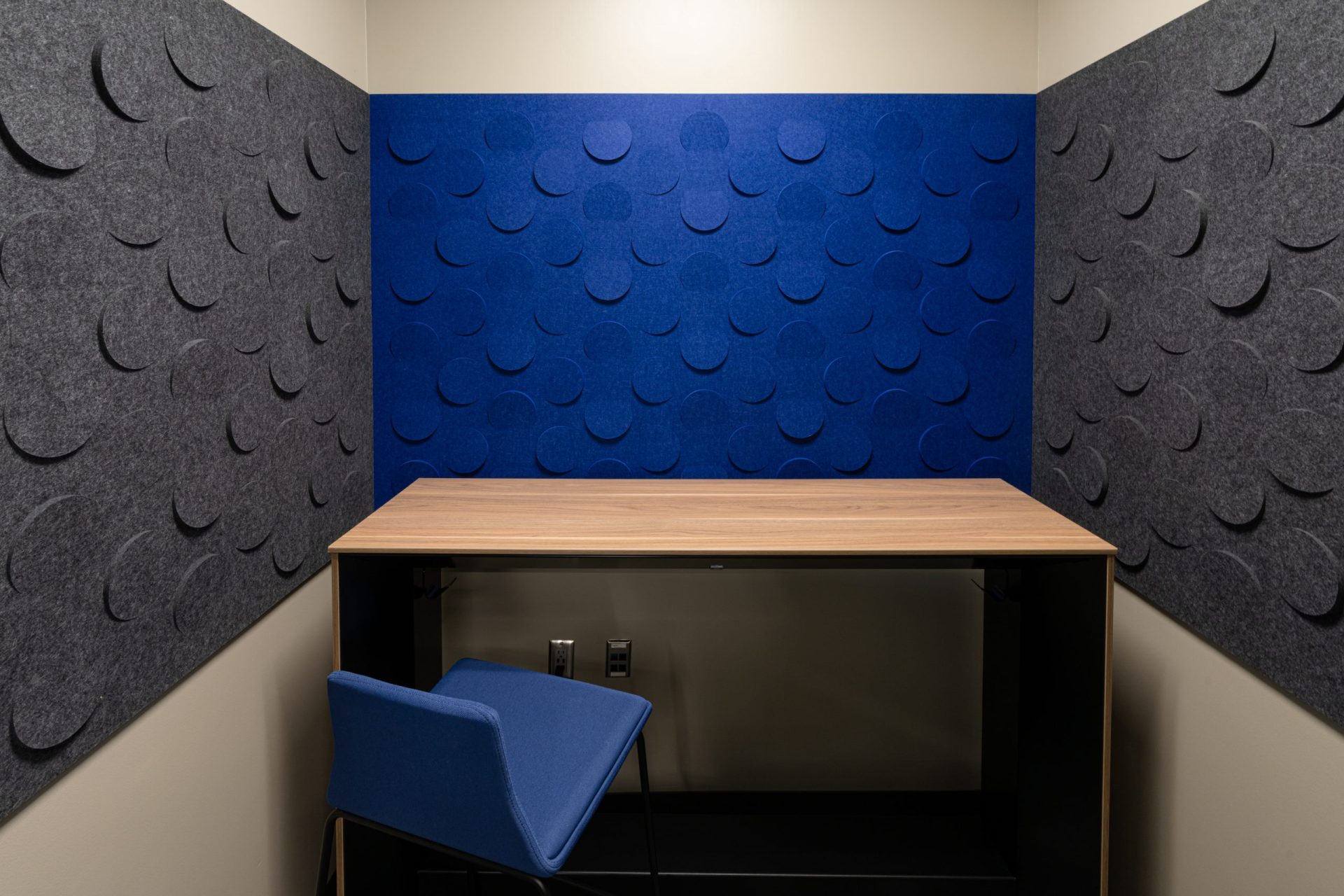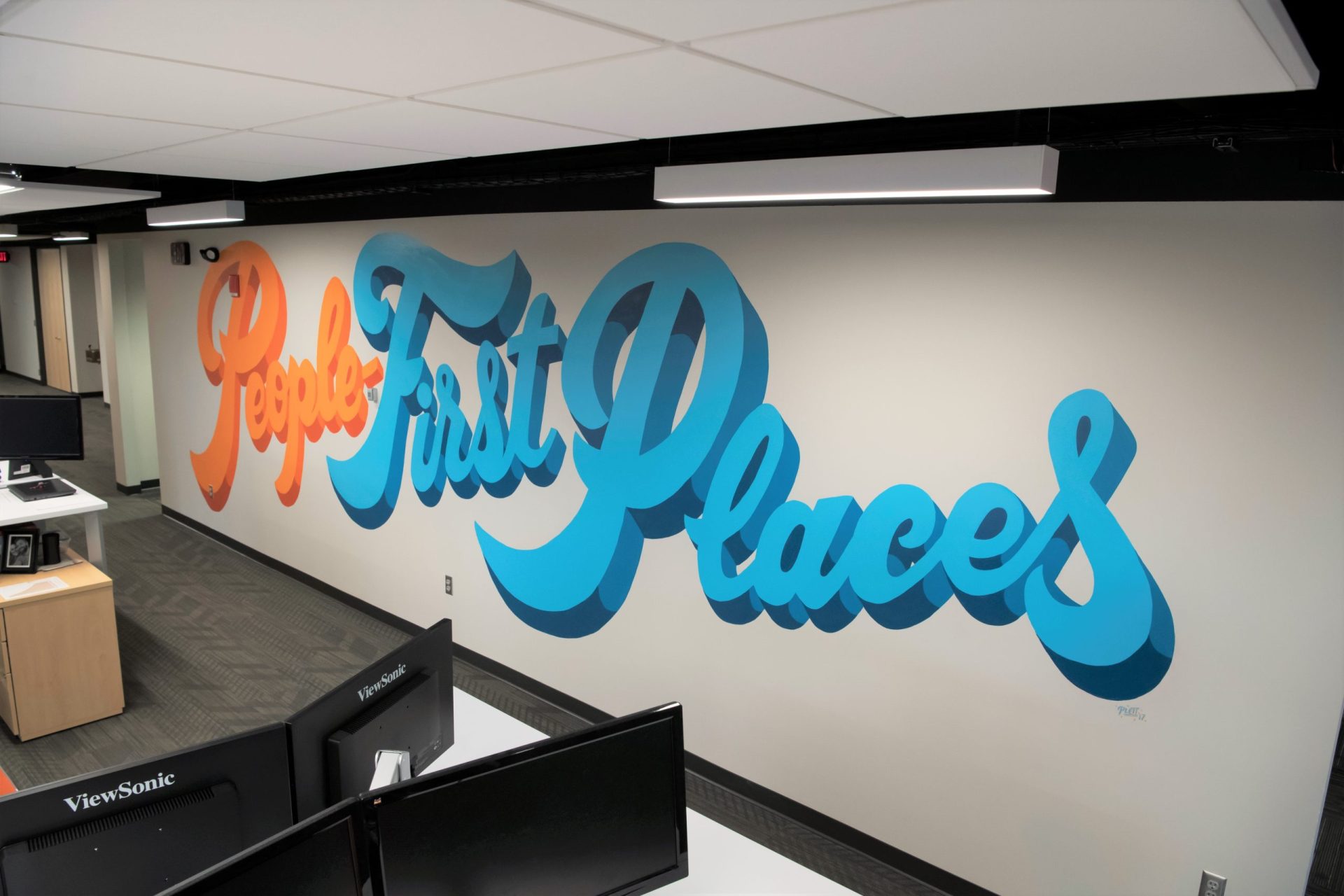Universal Design for People-First Places
By Kelly Shields, LEED AP
September 8, 2022 |
Universal design is an amazing concept! People of all abilities can have wonderful experiences in the same spaces. But what does this actually look like in real life? Imagine that you are taking your young toddler to her first Lunchtime Doodles class at the new community arts center. You’re running behind and you’re a little stressed out. You have unloaded little Jilly from her car seat, and loaded Jilly’s brother, Johnny, into the stroller. You’ve strapped your diaper bag on your back and have grabbed your hot cup of coffee. Loaded down with your gear and youngins, you begin to make your way to the entry of the arts center. Fortunately, the sidewalk is distinctly separated from vehicles – you don’t need to worry about Jill running further ahead. The sidewalk is conveniently cut so you can push Johnny’s stroller through, and don’t have to do the stroller-curb-hop-holding-a-coffee dance. Image: Osarugue Igbinoba on Unsplash |
